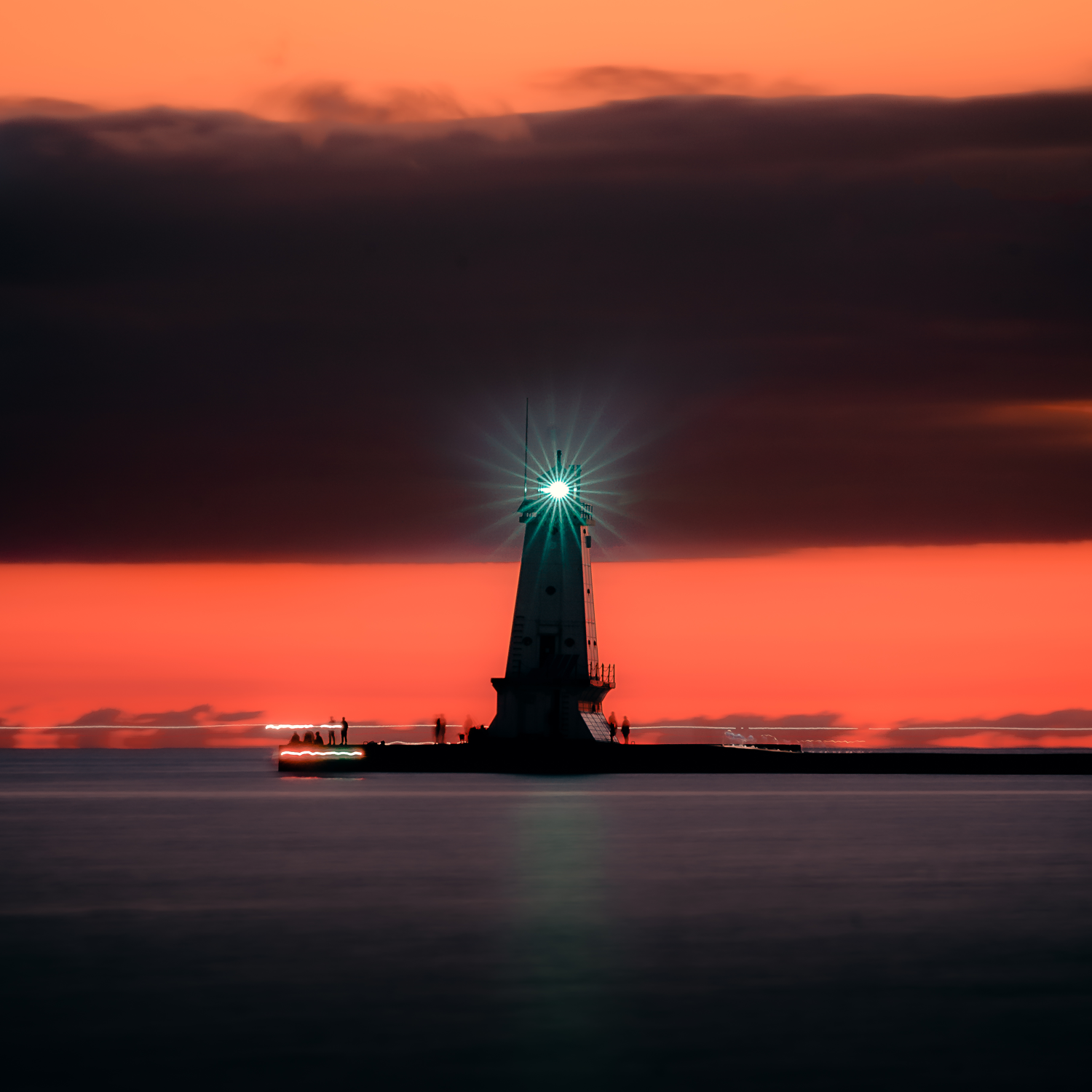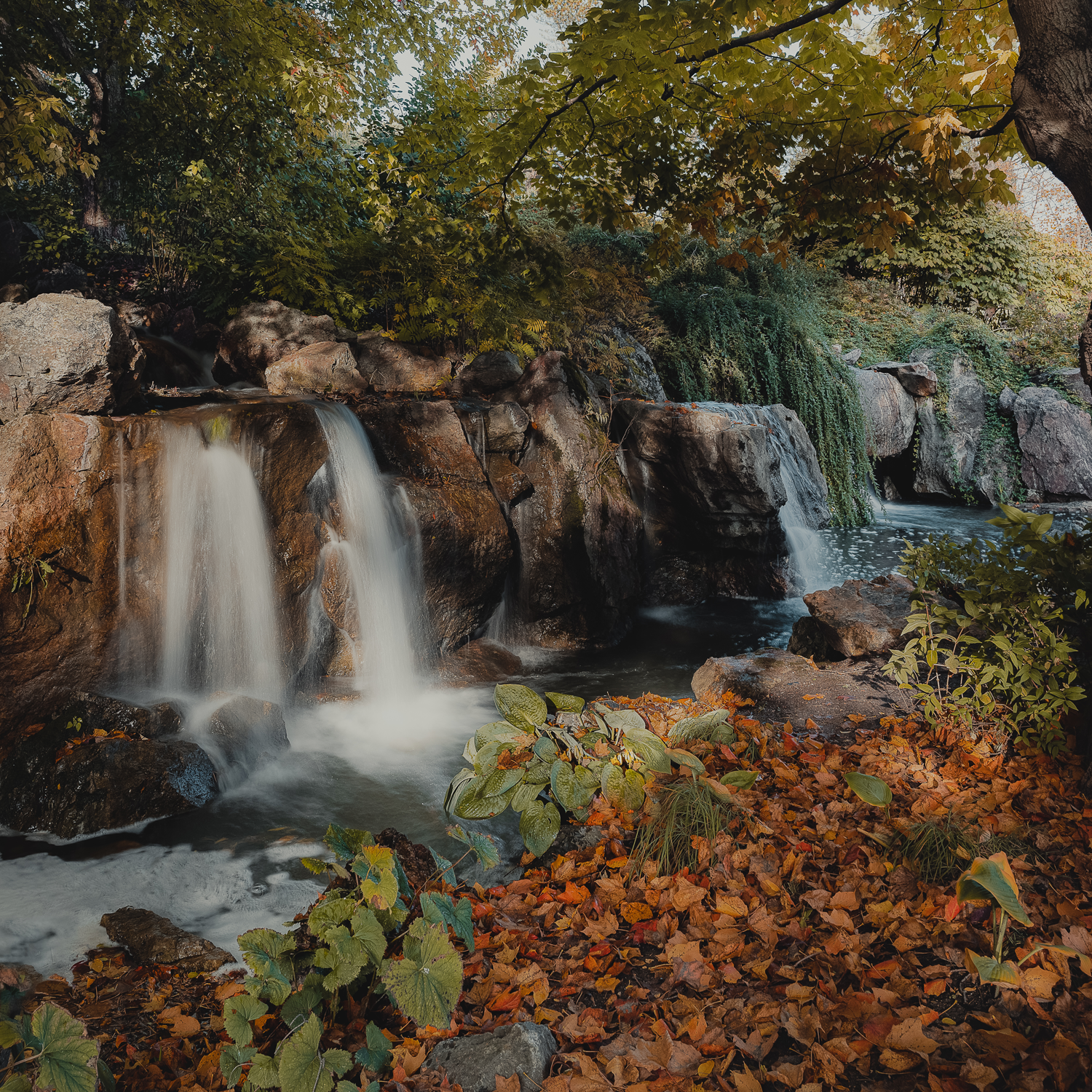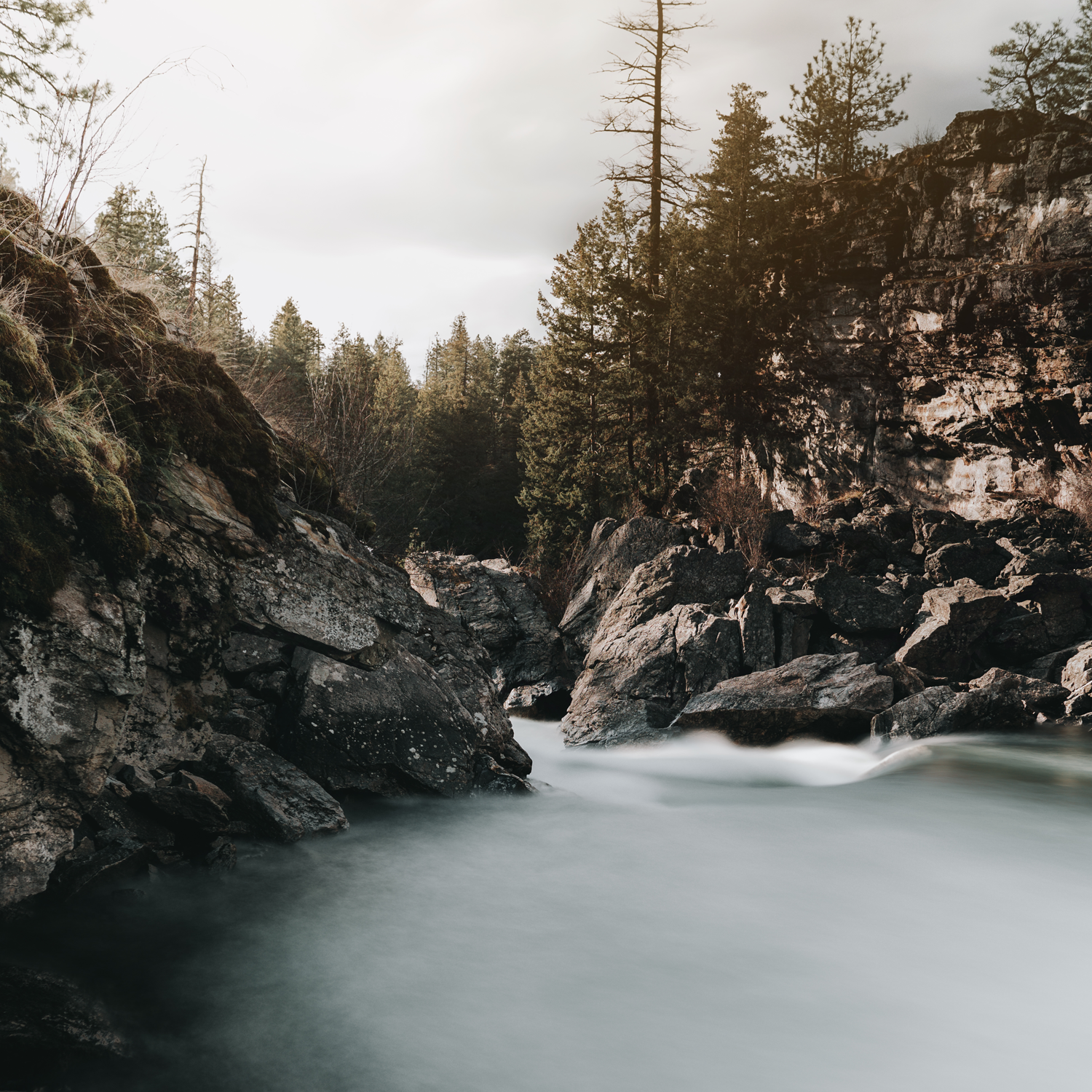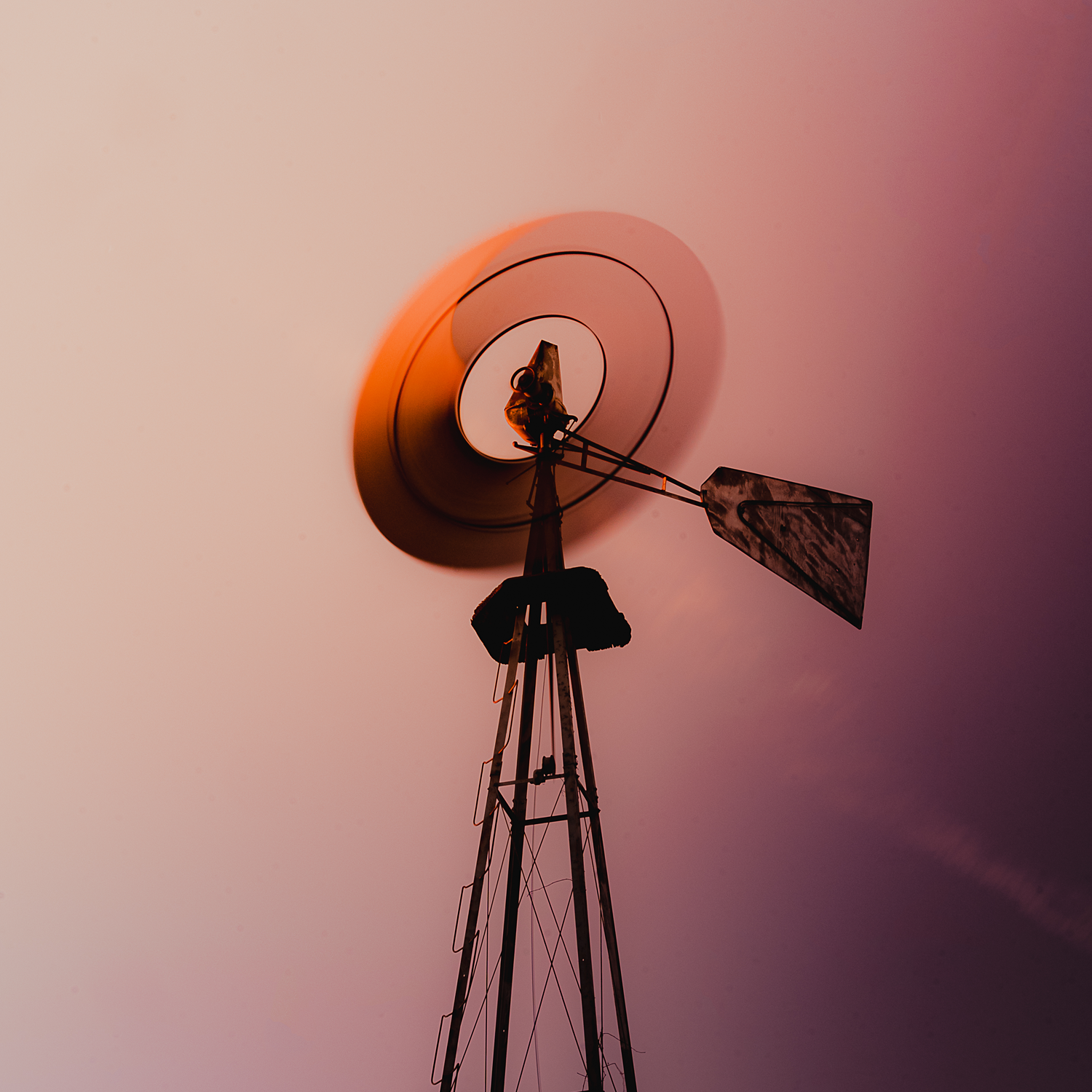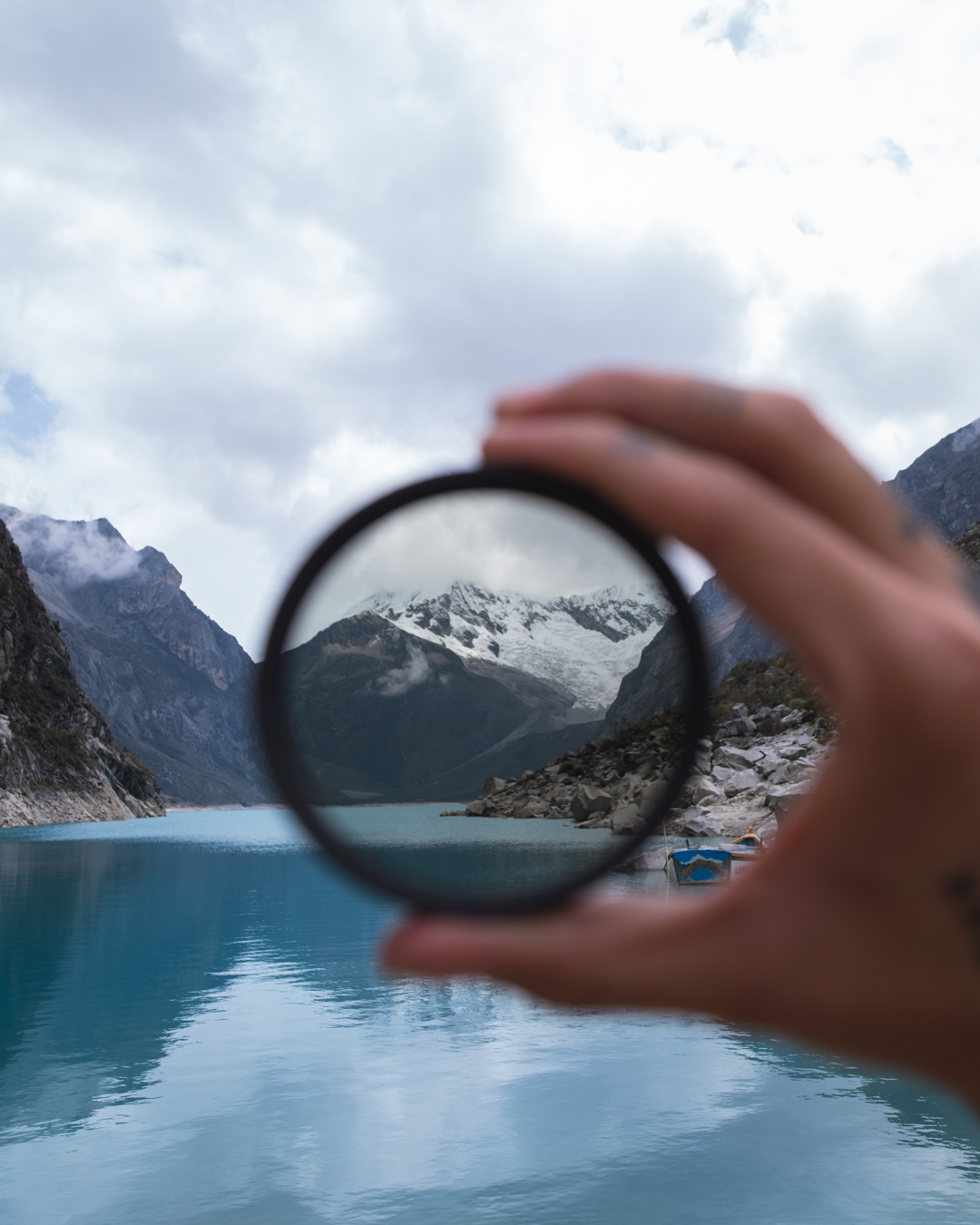Here are some specific examples of when you might want to use an ND filter:
- Shooting a portrait in bright sunlight, where you want to blur the background and focus attention on your subject.
- Shooting a waterfall or other moving water, where you want to create a sense of blur and movement.
- Shooting a landscape at sunset or sunrise, where you want to capture the smooth movement of clouds or water.
ND filters are a versatile tool that can be used to improve your photography in a variety of situations. Invest in an ND filter!

